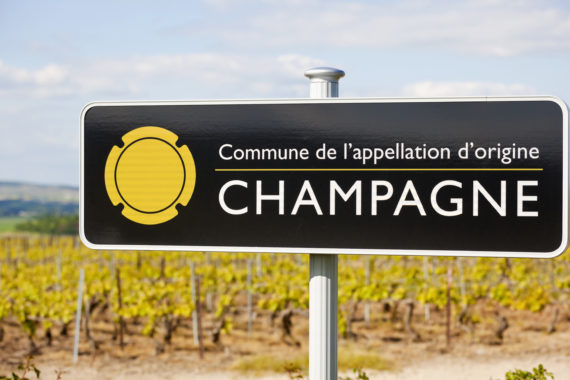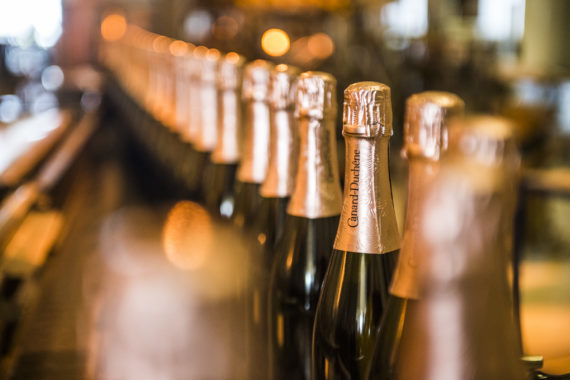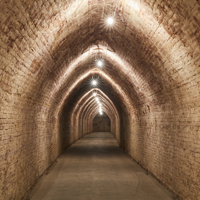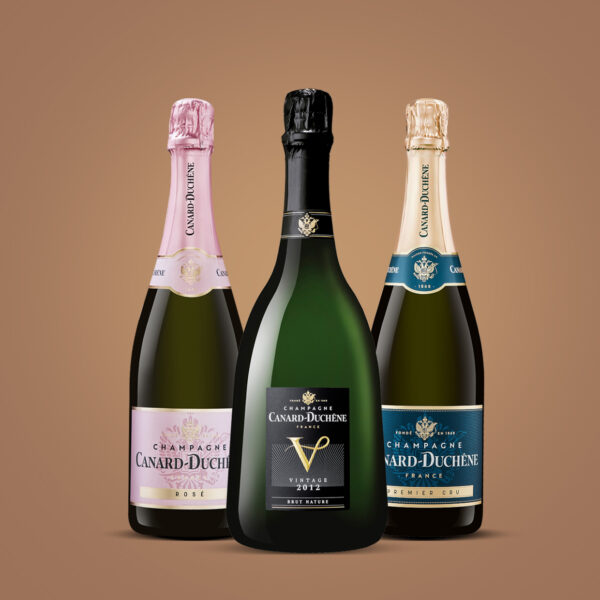The Mag
What is the origin of champagne?

At the origin of champagne, there is a man, a certain Dom Pérignon. This Benedictine monk from Hautvillers Abbey near Epernay is known to be the inventor of champagne in the 17th century. Some say that he made the discovery by chance: trying to fight against the appearance of carbon dioxide that he did not want, he resigned himself to deal with it, and even to make the best of it.
Clovis,
first ambassador of champagne wines
Until the Middle Ages, it was the monks who were in charge of the vineyard from which the wine for mass was made. In 496, Saint Remi, bishop of Reims, baptised Clovis at his conversion. He was the first French king to be crowned with champagne wine. The development of these wines was then supported by the coronation of kings over time.
When Dom Pérignon
tried to master the bubbles...
At the beginning, Dom Pérignon tried to counter this natural phenomenon, believing that these bubbles denatured the wine. He tried a thousand experiments to get rid of them, but he was not successful. He then decided to keep those famous bubbles, but tame them with a strong bottle and a more resistant cork, which allowed him to control the opening of the bottle. He also decided to improve clarification techniques to make the wine more transparent. He worked with different grape varieties, pinot noir, pinot meunier and chardonnay. Over time, this monk set in motion processes that are still in use today and that are called the Champagne method.
18th century,
success finally arrives
For decades, champagne had no takers, or very few. It was not until the 13th century that it finally emerged. We owe its development to bourgeois families who will totally transform the champagne market. From simple producers, they will become brokers to ensure the transport of champagne and the development of its brand image. These families are at the head of the great champagne maisons that are still very present today.
The production of champagne wines
will never stop increasing.
In 1928, the Champagne appellation covered only 8,000 hectares, but in 2020 it will have nearly 34,300 hectares. The bottle of champagne wine has found its place on tables all over the world. Its consumption pattern has also evolved. Until the 1970s, champagne was sweeter and was mainly consumed as a dessert or to taste. After this period, sparkling champagne wine began to take an important place as an aperitif, and in the 1990s it accompanied the meal from the starter to the dessert. Its success is due to the fact that it contains less sugar and goes well with a wider variety of dishes, especially iodised products.
These articles may be of interest to you

Knowledge
What is champagne stirring?
The champagne stirring is this ancestral gesture which consists in turning the bottles and to raise them gradually to bring the deposit in…

Knowledge
Everything you need to know about the champagne-making process!
Developed by clergymen in the 17th century, the production of champagne has evolved over time but the original principles have changed little.
Please complete the required fields*
Your message has been successfully sent. We will contact you soon
We must confirm that you are of legal drinking age in your country of residence before welcoming you to the Canard-Duchêne website. If there is no legal age for consuming alcohol in your country, you must be over 21.
By entering this site, you acknowledge that you accept its terms and conditions.




